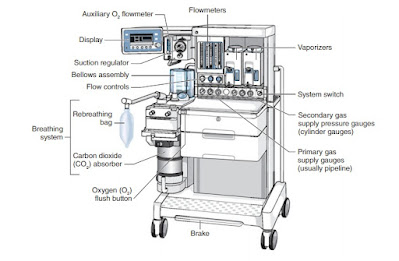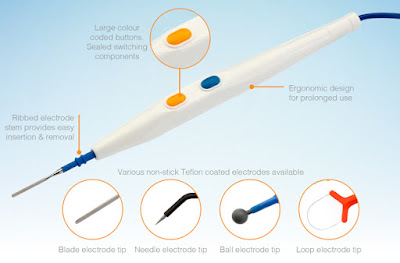How to prevent retractor fatigue during surgery?
Retractor Fatigue During Surgery
A retractor is a surgical instrument used to hold back or separate tissues during a surgical procedure. It is typically a flat or curved blade with a handle that can be adjusted to various angles. Retractors are commonly used in various types of surgeries, such as abdominal, thoracic, and orthopedic procedures, to provide better visibility and access to the surgical site. They can also be used to hold organs or other structures in place during a procedure.
Retractor fatigue during surgery refers to the physical exhaustion that can occur in surgeons when using retractors for prolonged periods of time during an operation. This can lead to decreased precision and increased risk of errors. Manual retraction, a task performed to expose the surgical site, poses a high risk for musculoskeletal disorders that affect the hands, arms, shoulders, neck, and back(1). To prevent retractor fatigue, surgeons may take frequent breaks, use assistive devices, or switch to minimally invasive techniques when possible.
Preventing retractor fatigue is essential for maintaining the quality of surgical procedures. Here are some tips to help:
Proper Retractor Selection: Choose the right type and size of retractor for the specific procedure. This can reduce unnecessary strain.
Ergonomic Handles: Use retractors with ergonomic designs to minimize hand fatigue.
Regular Position Adjustments: Periodically reposition the retractor to alleviate pressure on specific areas and distribute force more evenly.
Assistive Devices: Consider using mechanical or electric retractors for longer procedures to reduce manual holding.
Team Coordination: Work with your surgical team to rotate retractor duties, allowing team members to take breaks.
Frequent Breaks: Take short breaks whenever possible to rest your hands and arms.
Strength Training: Engage in exercises that strengthen the hands, wrists, and forearms to build endurance.
Mindfulness Techniques: Practice relaxation techniques to help manage physical tension during long surgeries.
Implementing these strategies can help minimize retractor fatigue and improve overall surgical performance. It's essential to use the appropriate retractor for the procedure, be gentle and avoid applying excessive force or pressure, and keep the retractor in place throughout the procedure and adjust as necessary to ensure proper visibility and access.
Reference:


